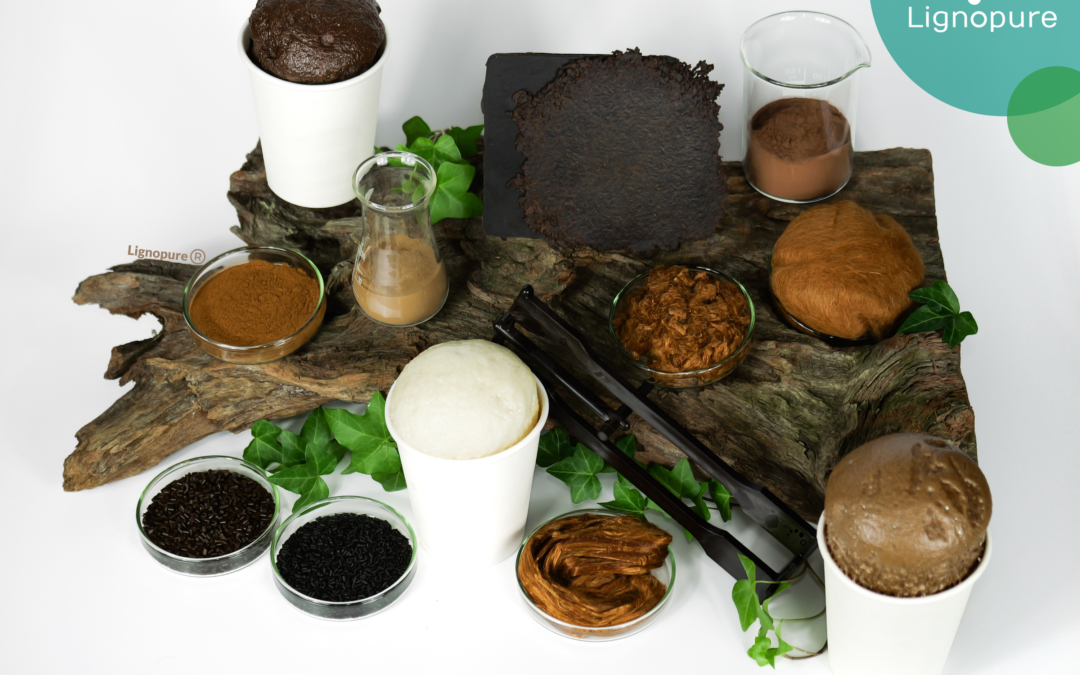
Written by: Christin Zimmer – Product and Service Manager at Lignopure
Lignin demonstrates a promising opportunity to decrease the dependency on fossil-based materials and to support economically sustainable development.
The importance of lignin in plants
Inside plants, lignin acts as a natural binding element of the cell walls (mainly of cellulose). This biopolymer is responsible for the strength and pressure resistance of the plant which leads to the lignification of the wood, which is integral to the proper cellular function in different tissues/organs of the plant.
The molecule structure and cross-linkage of lignin are based on its raw material and extraction process and result in a variety of promising functionalities. This means, that each lignin unfolds its unique benefits/functionalities by being integrated into a product or material. Besides being a fundamental part of the structure of plants, lignin’s natural properties can sustainably enhance multiple novel materials thanks to its phenolic groups which give lignin great capacities like antioxidant and UV protection capacities.
Lignopure and lignin novel applications
As different plants are, the lignins in their cell walls have as well different structures and characteristics. This leads to the two most important questions when comes to utilizing lignin in novel materials: which lignin is more suitable for an application and why?
To respond to those questions, we at Lignopure have created assessment processes to pick the correct lignin that will transfer as many lignin properties as possible to different materials. From the selection of the correct crude lignin to the best way to use it, several lignin parameters in different scale-up grades must be scrutinized for optimal results.
Furthermore, to introduce lignin into novel materials, Lignopure’s application services team has gathered a database of characteristics and application possibilities for different lignin kinds to create a benchmark system that supports the product development of novel material containing lignin.
Valuable lignin properties and possibilities
Besides being a sustainable environmentally safe material, lignin offers a great variety of functionalities that naturally occur in its plant of origin that can improve different products or materials like increasing the material durability and mechanical strength, flame retardant effect, UV protection, among others. All these properties can be transferred with the correct product development into the following application spectra.
- Bioplastic material, like PLA/lignin composites
- 3D printing filament
- Foamed materials like PU-foam, EXP, EPS
- Fibre production for textiles like non-wovens, vegan leather, etc.
- Nutraceuticals ingredients
- Pharmaceutical materials
- Carbon fiber alternatives
- Natural adhesives
- Biofuels
In all these materials, and due to lignin’s multifunctionality, lignin serves as the natural substitute for fossil-based ingredients or products. This natural enhancer equips the final novel material with further capabilities, which can result in completely new applications.
Summing up, lignin offers many different ways to not just reinforce or improve a material but to do so via an upcycled natural polymer that is safe for human health and our environment.

